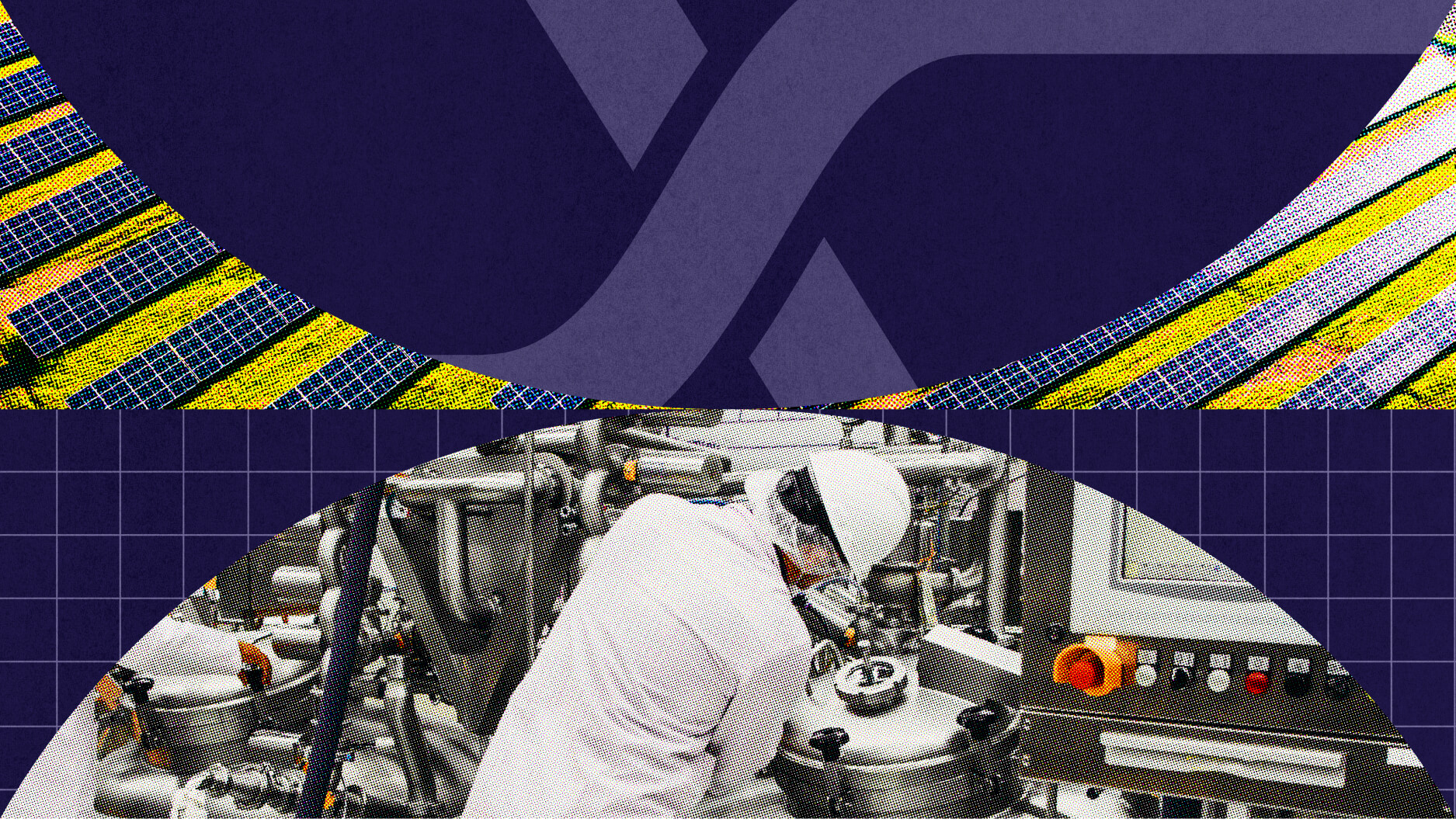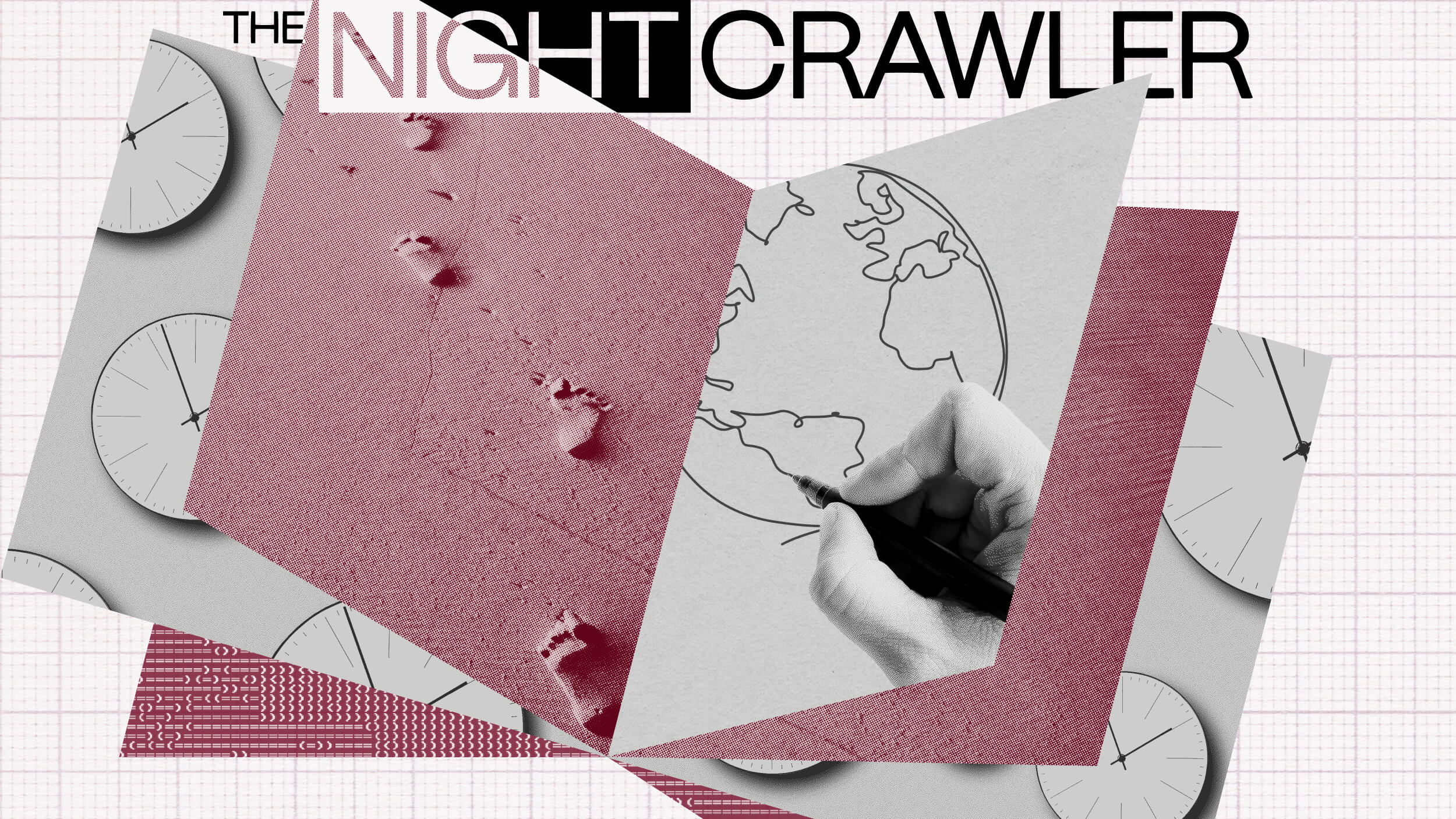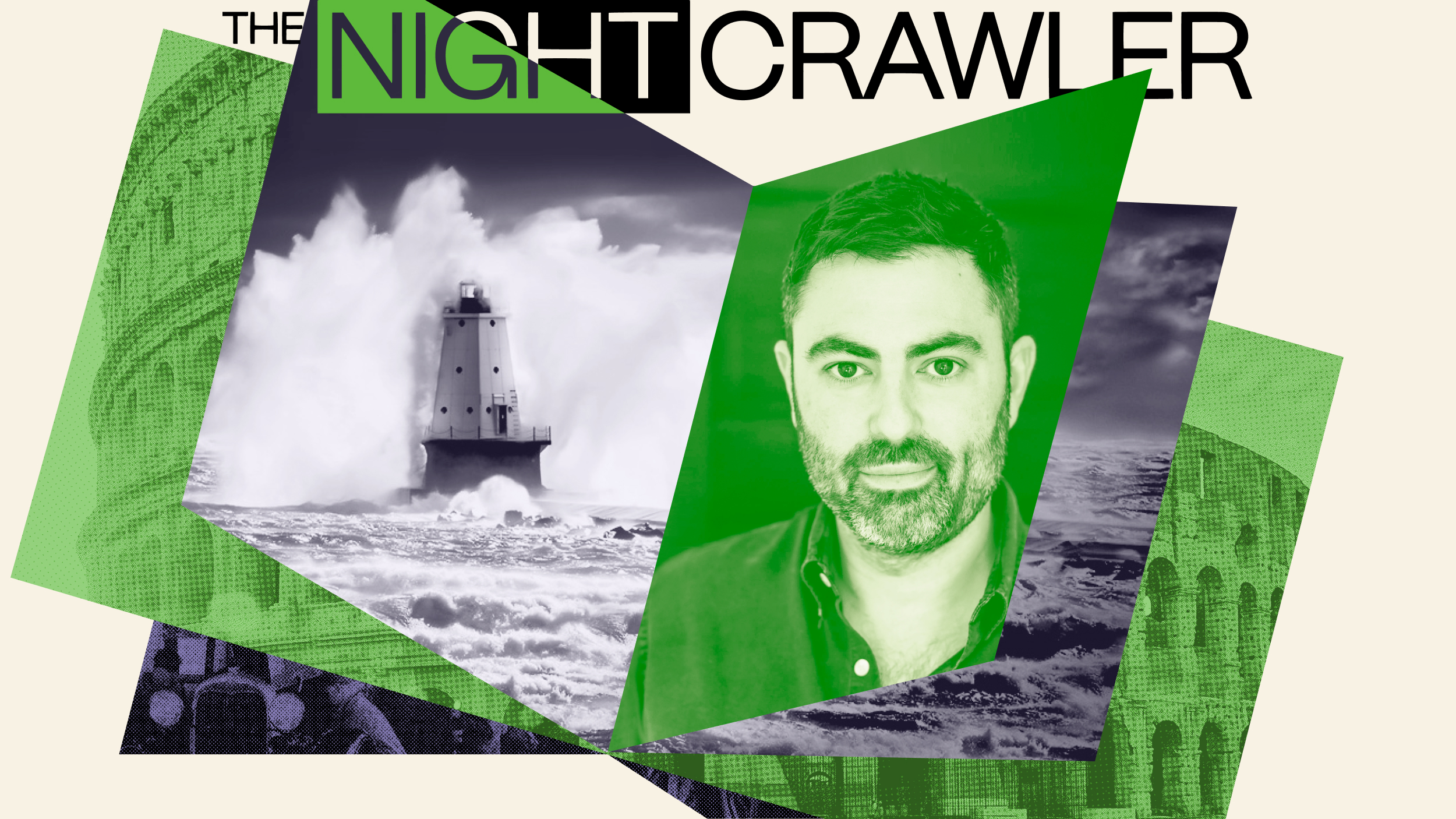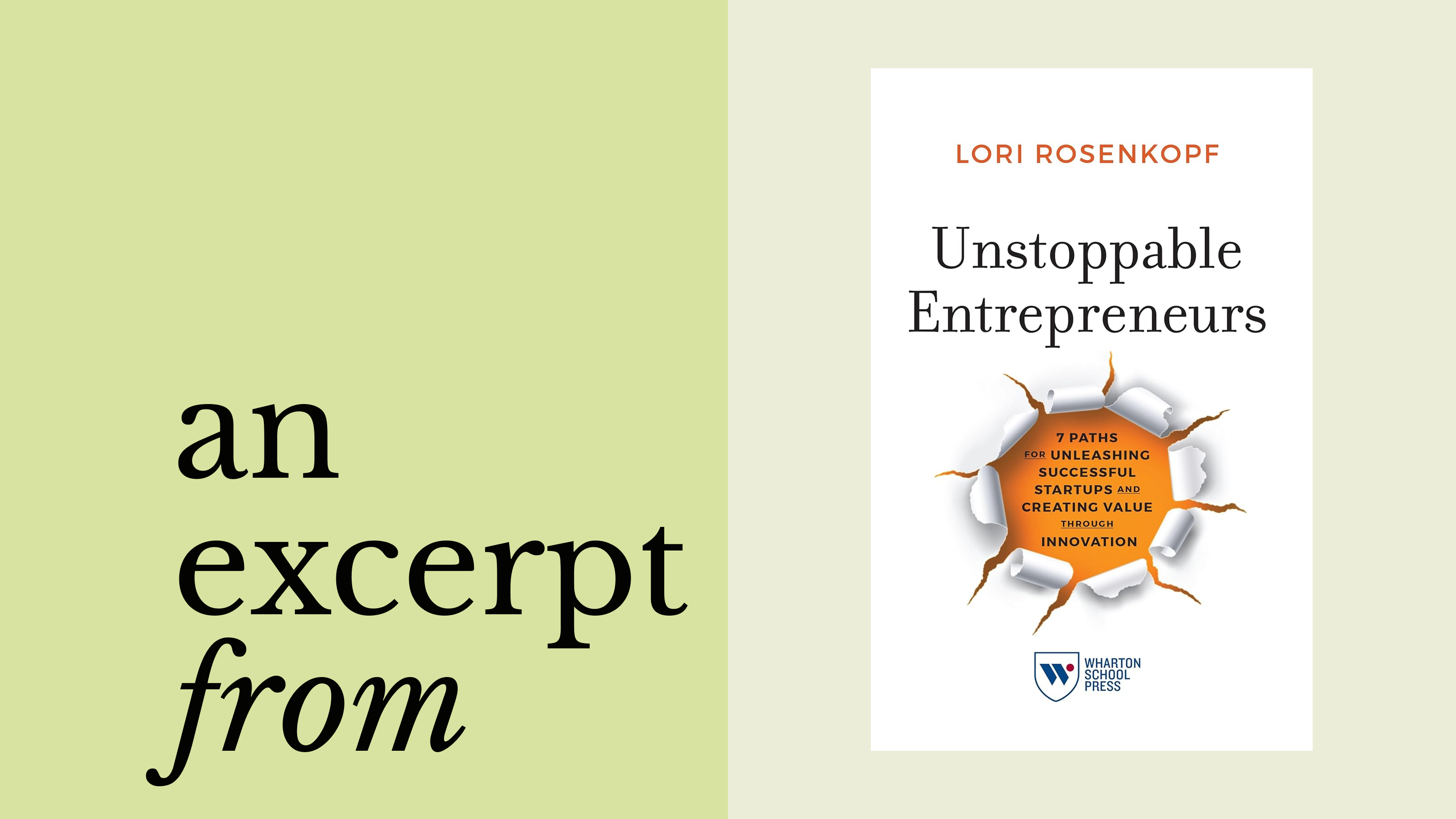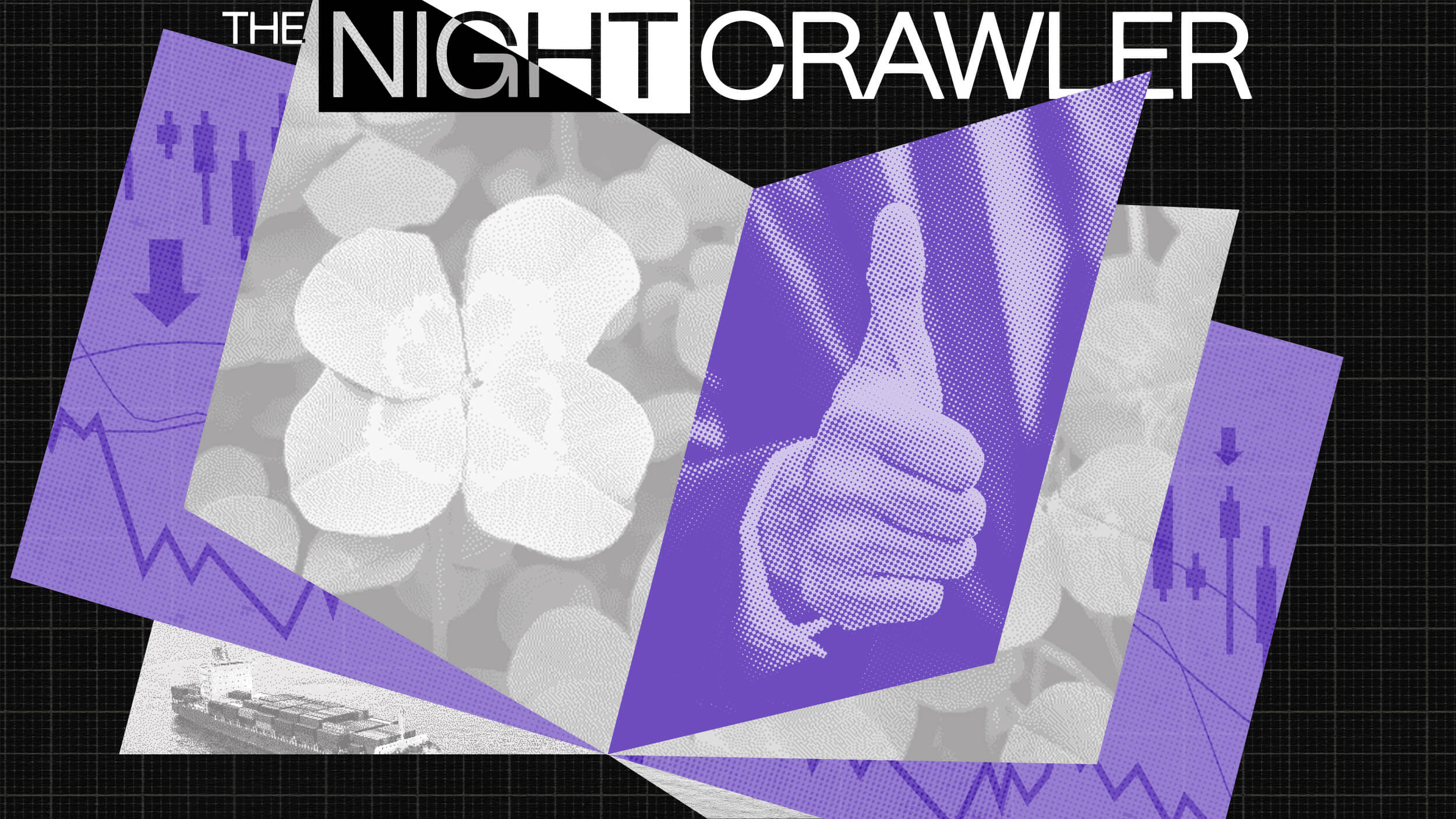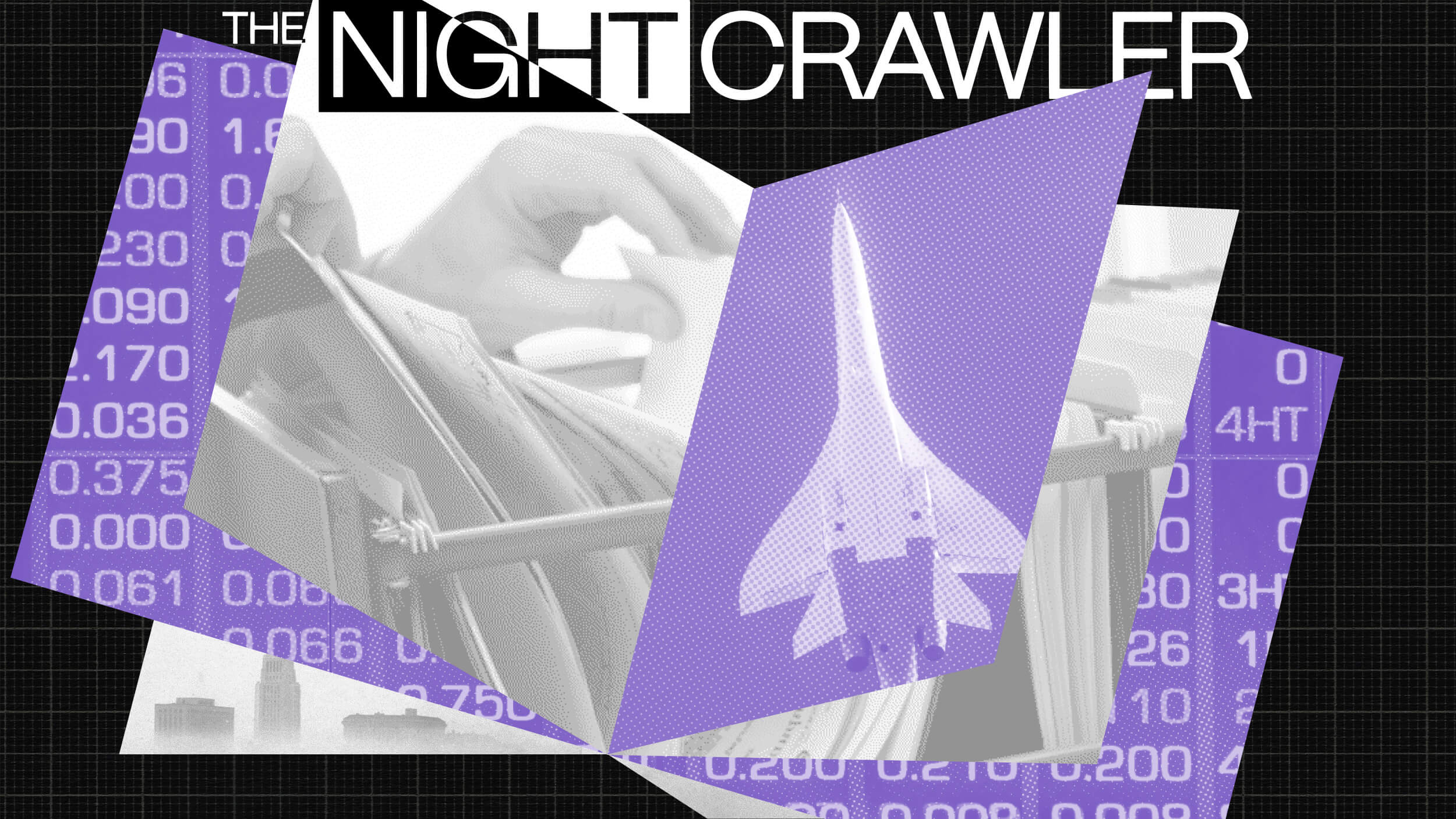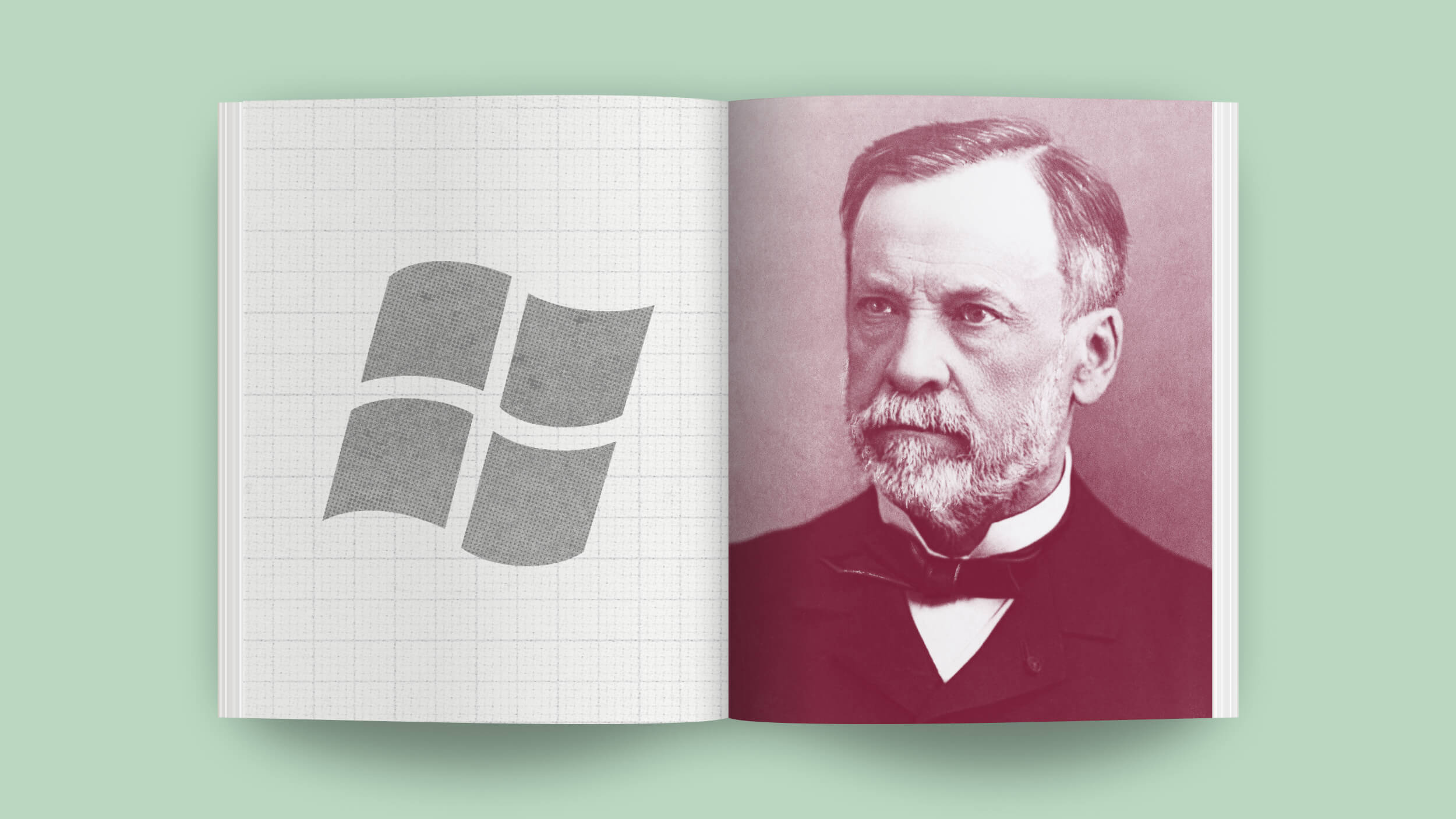innovation
The cofounders of think tank RethinkX are convinced that humanity is undergoing civilizational phase change.
Welcome to The Nightcrawler — a weekly newsletter from Eric Markowitz covering tech, innovation, and long-term thinking.
The outrageously accomplished magician-inventor-author chats to Big Think about fear, multitasking, and successful work-life reinvention.
Welcome to The Nightcrawler — a weekly newsletter from Eric Markowitz covering tech, innovation, and long-term thinking.
What made Leonardo da Vinci last wasn’t magic — it was process — and his study of fluids can help us win the long game.
Creative thinkers are unafraid of the ambiguous spaces where innovation often resides — and this trait is vital when navigating change.
Welcome to The Nightcrawler — a weekly newsletter from Eric Markowitz covering tech, innovation, and long-term thinking.
The marketing guru outlines the current state of brand-building — and highlights four outstanding opportunities for the immediate future.
Welcome to The Nightcrawler — a weekly newsletter from Eric Markowitz covering tech, innovation, and long-term thinking.
Welcome to The Nightcrawler — a weekly newsletter from Eric Markowitz covering tech, innovation, and long-term thinking.
From “crave” packs to Valentine bookings, the world’s first fast-food hamburger chain values innovation from every level of the organization.
Welcome to The Nightcrawler — a weekly newsletter from Eric Markowitz covering tech, innovation, and long-term thinking.
Will platforms continue to offer the like button as an all-purpose tool — or will each of the button’s various functions exist in new forms?
Welcome to The Nightcrawler — a weekly newsletter from Eric Markowitz covering tech, innovation, and long-term thinking.
As we shape our future we should ask: Which interpretations of classic sci-fi fables hold sway with today’s powerful tech leaders?
Warren Buffett famously noted that Berkshire Hathaway would “never depend on the kindness of strangers to stay in business.” Startups take note.
Welcome to The Nightcrawler — a weekly newsletter from Eric Markowitz covering tech, innovation, and long-term thinking.
Barry Ritholtz — market commentator, founder of Ritholtz Wealth Management, and podcast host — shares what really trips investors up.
Welcome to The Nightcrawler — a weekly newsletter from Eric Markowitz covering tech, innovation, and long-term thinking.
By looking outside the current wave of hype, we can create a framework for weighing up the practical impact of AI on any business.
Spotify’s Co-President, CPO and CTO chats with Big Think about the science of discovery, Swedish innovation, C-suite podcasting, and more.
Welcome to The Nightcrawler — a weekly newsletter from Eric Markowitz covering tech, innovation, and long-term thinking.
Welcome to The Nightcrawler — a weekly newsletter from Eric Markowitz covering tech, innovation, and long-term thinking.
OpenAI has become a household name in artificial intelligence — but back in 2018 things looked very rocky. Here’s what happened.
Welcome to The Nightcrawler — a weekly newsletter from Eric Markowitz covering tech, innovation, and long-term thinking.
The founder of gourmet fast food juggernauts Pret and Itsu unpacks the meaning of success and what really inspires him.
Welcome to The Nightcrawler — a weekly newsletter from Eric Markowitz covering tech, innovation, and long-term thinking.
Welcome to The Nightcrawler — a weekly newsletter from Eric Markowitz covering tech, innovation, and long-term thinking.
Groundbreaking invention does not always translate to commercial benefits. The challenges that faced Microsoft Research help explain why.
“Gyroscope-on-a-chip” technology could soon enable us to navigate over long distances without GPS.
